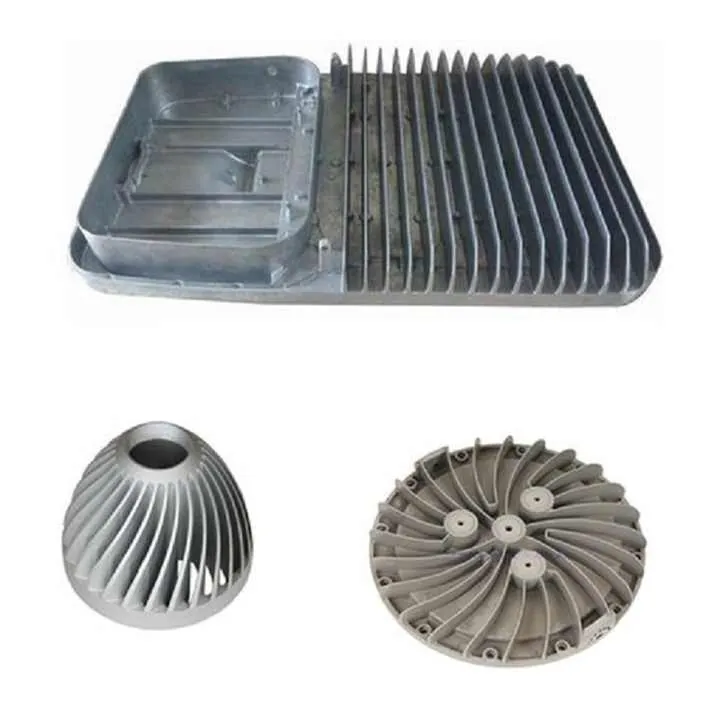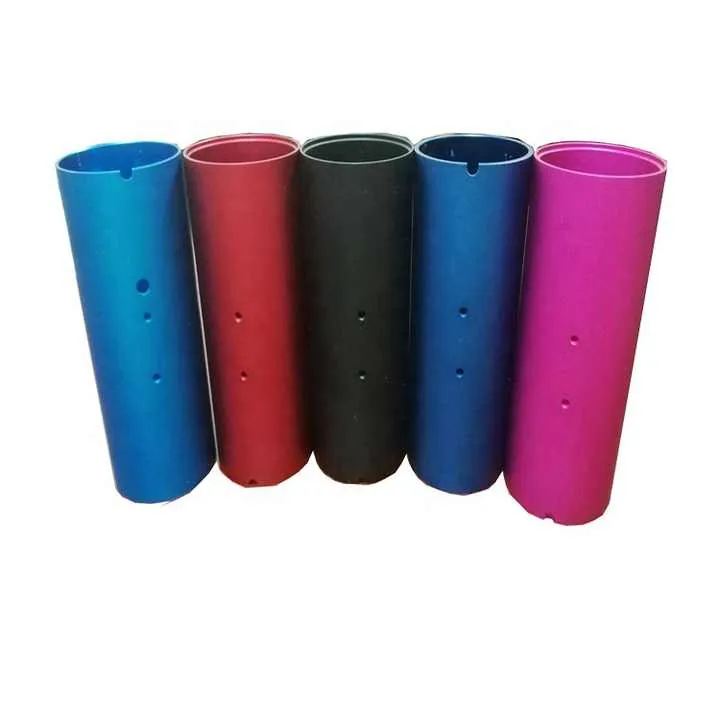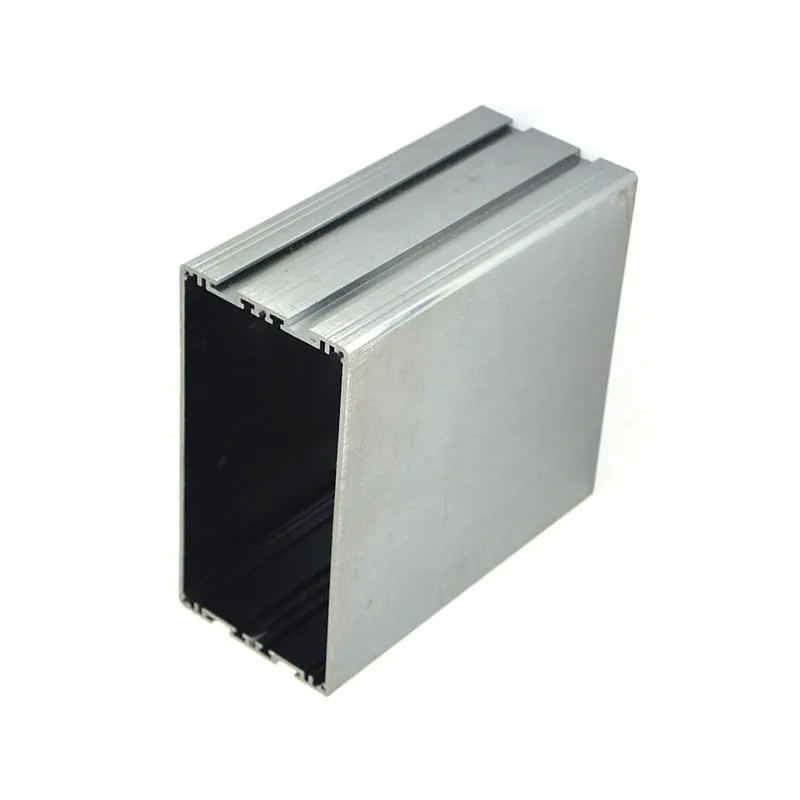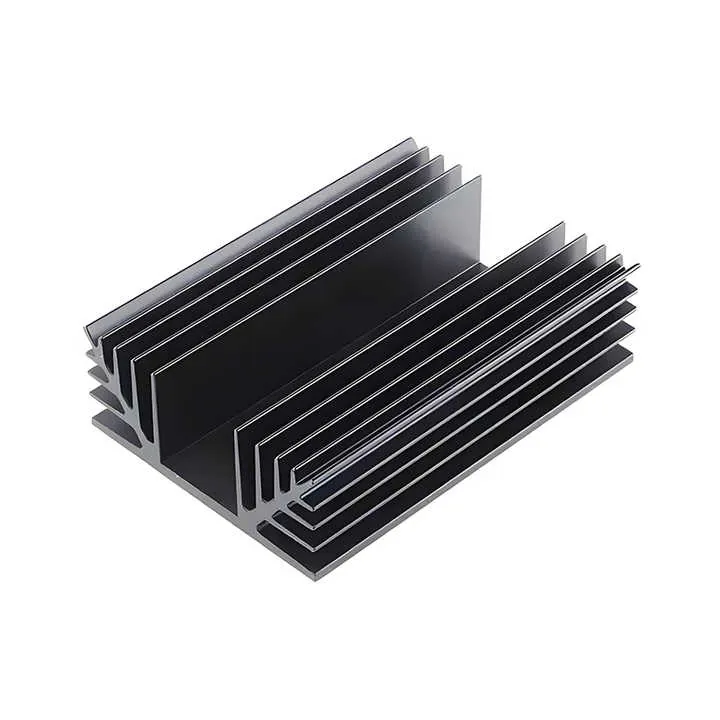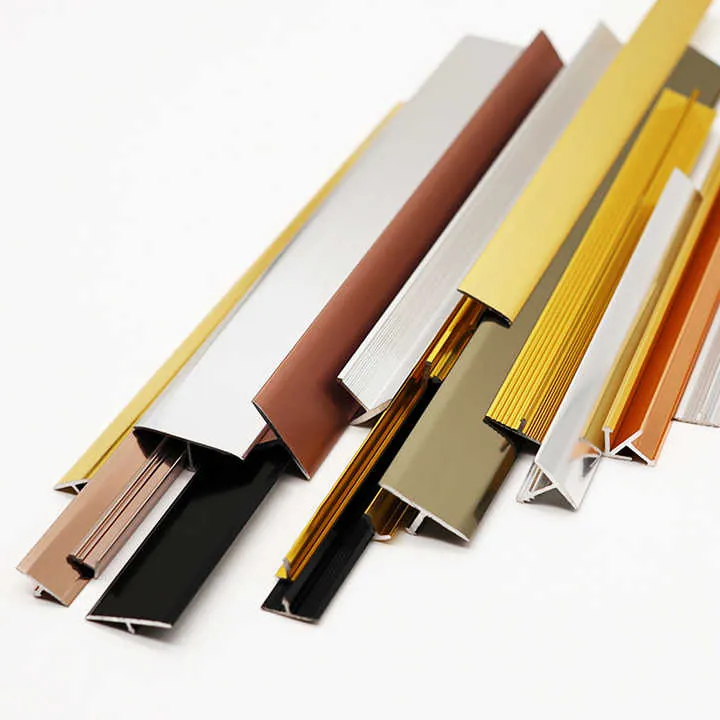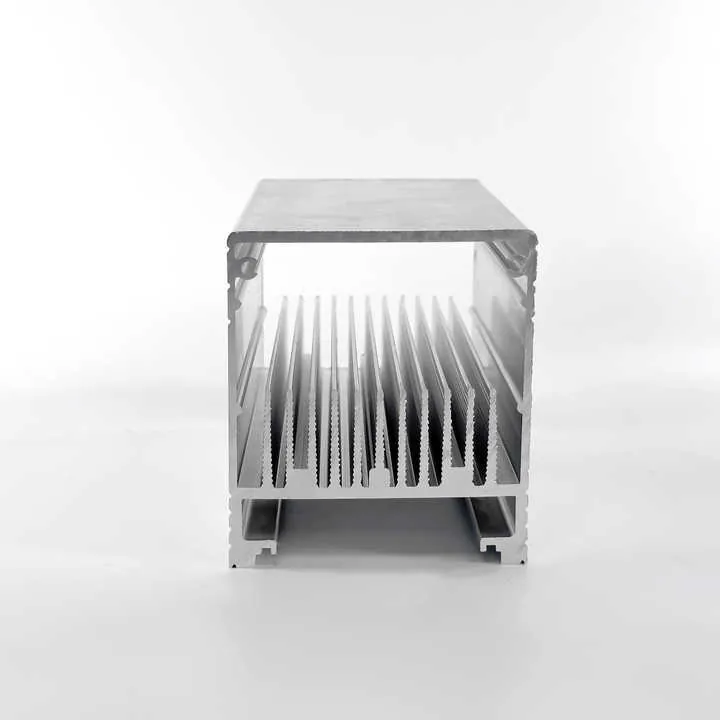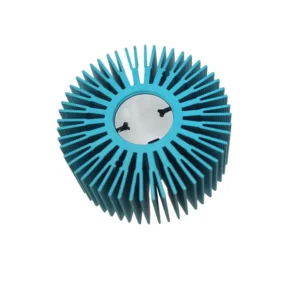
Many people assume all metals are magnetic. So it’s surprising when a strong magnet doesn’t stick to aluminum. Why is that?
No, magnets do not stick to aluminum because aluminum is not a magnetic metal. It lacks the internal structure that attracts or holds onto magnetic fields.
If you're working with aluminum parts, especially in CNC machining or structural applications, understanding this behavior can help you avoid design errors or false assumptions about magnetic mounting.
Why doesn't aluminum attract magnets?
Many assume that because aluminum is a metal, it should attract magnets. But this isn’t always the case. The truth is a bit more scientific.
Aluminum does not attract magnets because it is paramagnetic. This means it has a very weak response to magnetic fields, and that response is not enough to create attraction.
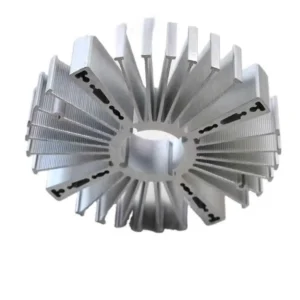
What makes a metal magnetic?
To understand why aluminum doesn’t attract magnets, we need to look at how magnetism works in metals. A metal becomes magnetic when its atoms align in a way that supports magnetic fields. This requires a lot of unpaired electrons and a crystal structure that supports alignment.
Here’s a simple comparison table:
| Metal | Magnetic Type | Will Magnet Stick? |
|---|---|---|
| Aluminum | Paramagnetic | ❌ No |
| Iron | Ferromagnetic | ✅ Yes |
| Copper | Diamagnetic | ❌ No |
| Stainless 304 | Non-Magnetic | ❌ No |
| Nickel | Ferromagnetic | ✅ Yes |
Aluminum has unpaired electrons but they don’t align under a magnetic field. Instead, when exposed to a magnet, aluminum shows only a weak and temporary response.
Why this matters in CNC aluminum parts?
In our CNC machining work, we often hear customers ask if magnetic assembly is possible with aluminum components. The answer is almost always no. For example, mounting a sensor using magnetic bases won’t work on aluminum housings. Instead, we recommend designing mechanical slots, clips, or using adhesive-based methods.
Can any magnets stick to aluminum at all?
It’s natural to wonder-maybe with a super strong magnet, something will stick? Or maybe under the right conditions, aluminum becomes magnetic?
No matter how strong the magnet is, it will not “stick” to aluminum in the same way it sticks to ferromagnetic materials like steel or iron.
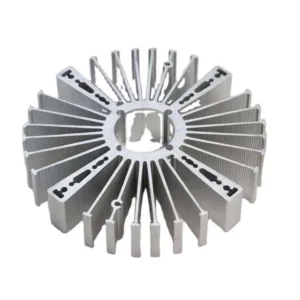
The exception: Electromagnetic interactions
Although static magnets don't stick to aluminum, there's a cool effect that happens when magnets move across aluminum surfaces: eddy currents. These are small electric currents generated in the aluminum, which create their own magnetic field that resists the motion of the magnet.
This effect is very useful. It’s used in magnetic braking systems, such as in roller coasters or trains. Here’s how it works:
| Interaction Type | Description |
|---|---|
| Static magnet | No attraction; no sticking to aluminum |
| Moving magnet | Generates eddy currents that resist motion (feels like drag) |
| High-frequency magnetic field | Causes heating via induction, useful in some manufacturing processes |
So while magnets don’t “stick,” they can still interact with aluminum in motion. This principle has helped us in projects involving sensor housings, especially where EMI (electromagnetic interference) shielding is needed.
Is aluminum considered a magnetic metal?
This is a common question, especially for engineers and designers who need parts to interact with magnets or respond to electromagnetic fields.
No, aluminum is not considered a magnetic metal. It falls into the category of non-magnetic materials.
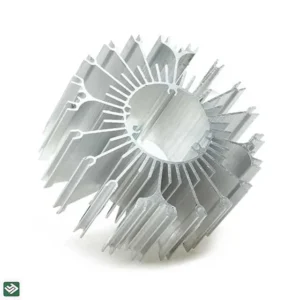
Understanding magnetic categories
There are generally three types of magnetic behaviors in metals:
- Ferromagnetic: Strongly magnetic, like iron and nickel.
- Paramagnetic: Weak, temporary magnetic response, like aluminum.
- Diamagnetic: Repelled by magnets, like copper and bismuth.
Here’s how aluminum compares:
| Property | Aluminum |
|---|---|
| Magnetic Category | Paramagnetic |
| Magnetic Attraction | Very weak |
| Permanent Magnetism | No |
| Magnetic Application Use | Limited |
That’s why we don’t see aluminum used in magnetic storage, magnetic fasteners, or transformers. But its non-magnetic nature can actually be a benefit. For example, when machining housings for electronic devices, aluminum won’t interfere with magnetic sensors.
What happens when you place a magnet on aluminum?
You might try this at home: place a magnet on a piece of aluminum and see what happens. Spoiler: nothing dramatic.
When a magnet is placed on aluminum, it will simply fall off. But if the magnet moves across the surface, it will feel slight resistance due to eddy currents.
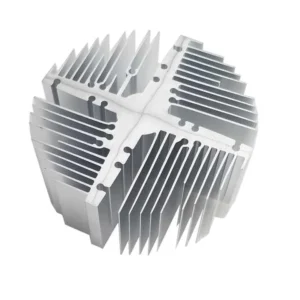
Let’s go deeper into this resistance
Here’s where things get interesting. If you drop a magnet down an aluminum pipe, it will fall slowly, almost like it’s floating. This is due to Lenz’s Law, which says that the induced eddy currents oppose the motion of the magnet.
This effect is:
- Silent (no mechanical parts),
- Smooth (no friction),
- Reliable (used in high-end braking systems)
We once had a client from Germany working on a robotic arm design. They asked if aluminum parts could be used in a magnetic clutch system. We advised against it for direct magnetic coupling but used aluminum plates to create eddy current-based damping, which gave the robot arm a controlled deceleration effect. This was a huge plus in their precision application.
Conclusion
Aluminum is not magnetic, but it can still interact with magnets in motion. This opens up creative applications beyond simple attraction.

